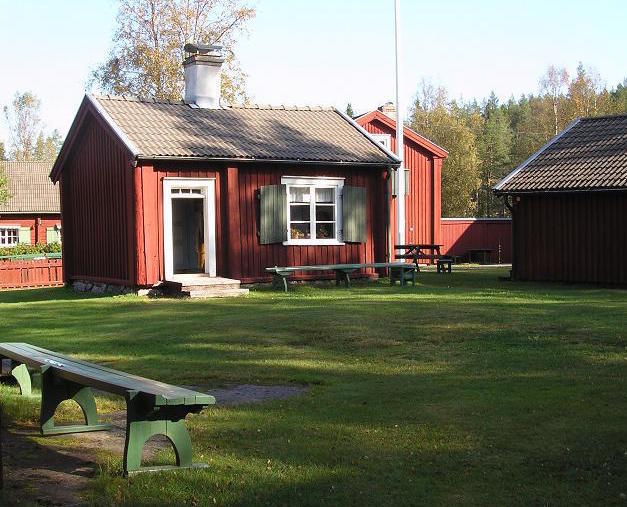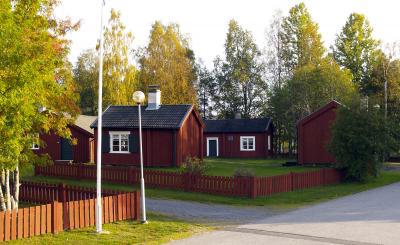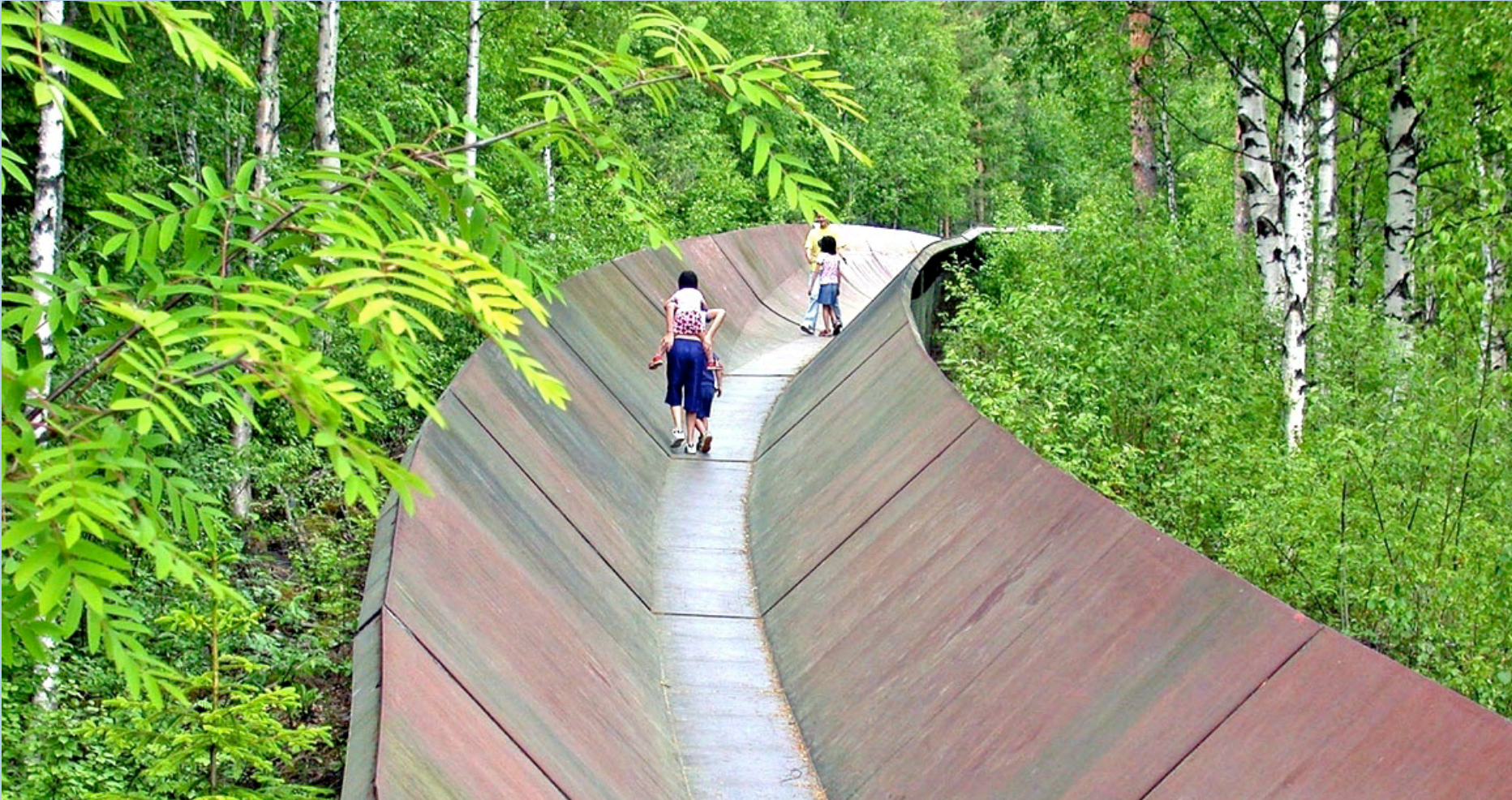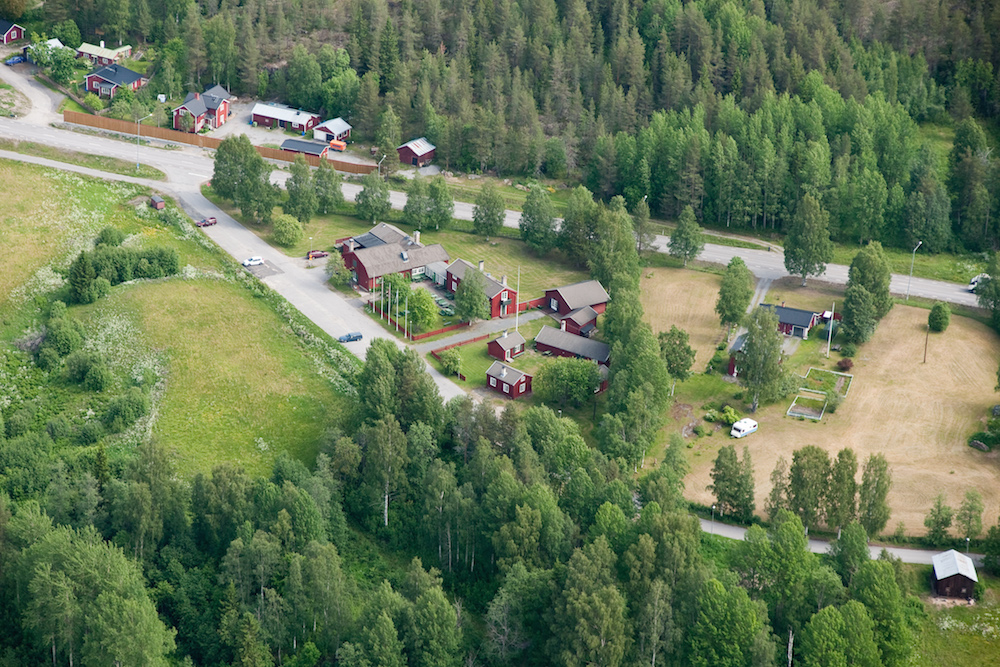According to the census, Brännland was home to six farmers in 1543 and seven farmers in 1750.
The village consists of two main village groups situated along the old main road.
The streams and surrounding meadows influenced the village location and its division into east and west. The eastern side can be considered the heart of the village, and the western side is the area with Ålö Maskiner, for example. The farms usually had four buildings, one of which blocked off the courtyard from the road. In the 18th century, the built-up village centre expanded and the number of farms there doubled.

Destinations & sights
History & curiosities
Destinations & sights
Soldattorpen (Soldiers’ Cottages)
There were originally four soldiers’ cottages on Brännlandshällan. The cottages on properties 63 Brännberg and 64 Allard have survived. They also had a barn and a small baker’s cottage.
The buildings and their land were bought in the 1950s by Umbygda, the local historical society. The soldiers’ cottages in Brännland became a popular destination, necessitating services for visitors. An old manor house from Norrfors was moved to Brännlandstorpen and is now called Rotebondegården, a typical Västerbotten farmhouse that was adapted inside to suit its new purpose.
A large square timber-frame barn, Storstugan, was also brought to the property from Teg. Storstugan is now used for the restaurant, Brännlands Wärdshus, which serves everything from coffee and waffles to gourmet dinners.
Brännlands Wärdshus, www.brannlandswardshus.se


Giant’s kettle in Brännland
Giant’s kettles are formed when stones, gravel and sand spin around in eddies of swirling water, wearing away the rock. After a very long time, the result is a completely round kettle in the bedrock.
Follow the path and stairs from the picnic area at the soldier cottage down to the river.


History & curiosities
About Brännland
According to census, Brännland was home to six farmers in 1543 and seven farmers in 1750.
The village consists of two main village groups situated along the old main road. The streams and surrounding meadows influenced the village location and its division into east and west. The eastern side can be considered the heart of the village, and the western side is the area with Ålö Maskiner. The farms usually had four buildings, one of which blocked off the courtyard from the road. In the 18th century, the built-up village centre expanded, and the number of farms doubled.
In the last century, the two village areas have merged together, forming a long string of buildings along the old main road. The village’s mills were on Smörbäcken (a total of five, from 1661–1826).
In the 20th century, western Brännland developed significantly, probably due to the expansion of public transit connections and local industries. In contrast, the built-up area in the eastern village centre has retained its farm character.
In 1896, the Vännäs-Umeå line opened, and a railway station was built north of the farms in western Brännland, Brännland Station. The area around the station became increasingly developed.
Brännlands Träförädling AB was established in 1902 in western Brännland and the sawmill was in operation until 1944. Remnants of this operation include a transformer tower and Villa Solsidan, a manor home for the mill manager.
Brännland has been home to a dairy, a movie theatre, Konsum grocery, and a chapel. In 1950, Karl-Ragnar Åström started a mechanical industry company for manufacturing front-loaders: Ålö Maskiner, now called Ålö AB.
Since the 1950s, single-family homes were built primarily around the side road to Sörfors. A street was built that paralleled the main road.
The new Vännäsvägen (E12) was built around 1960 and ran above the old main road and across farmland.



